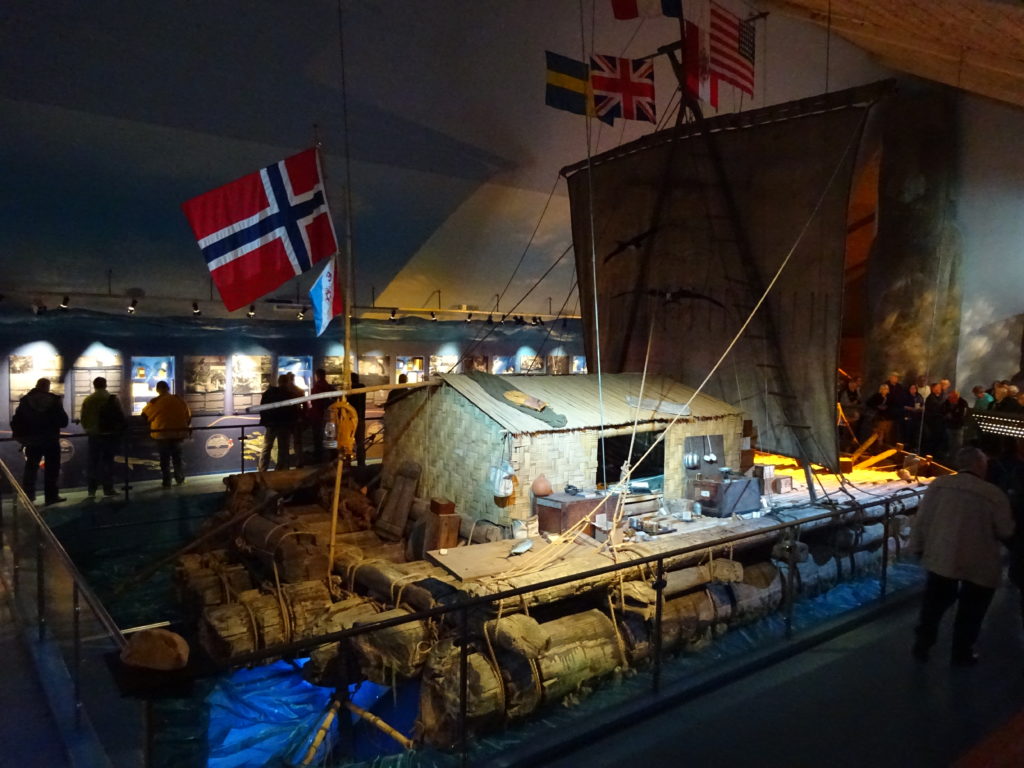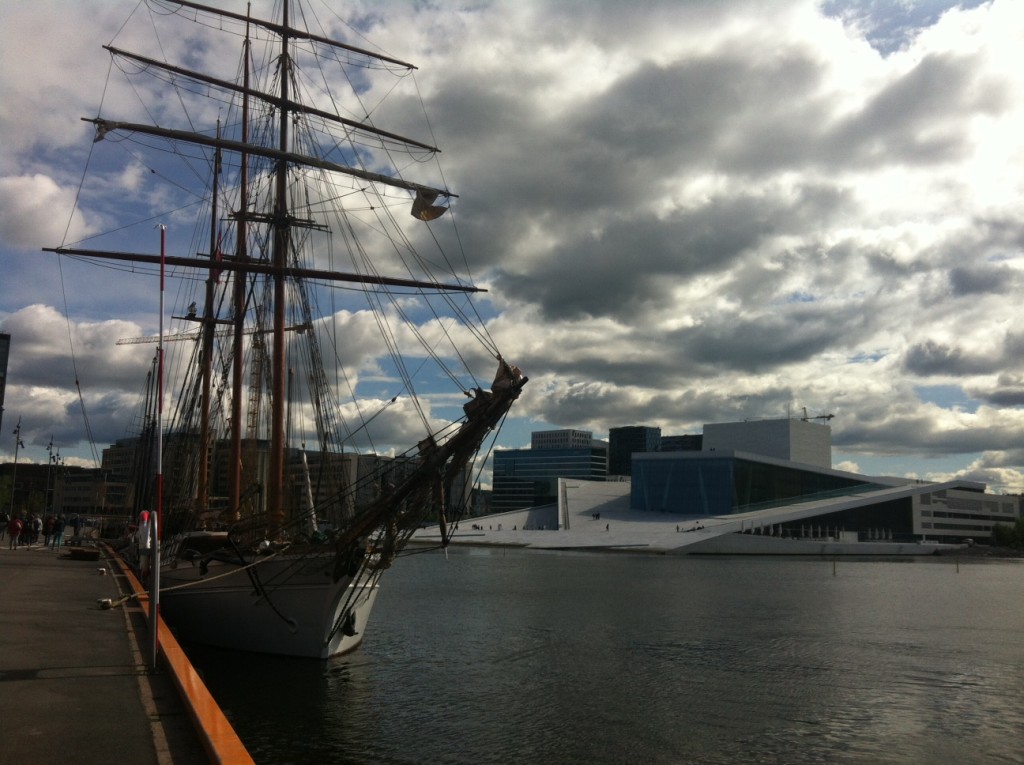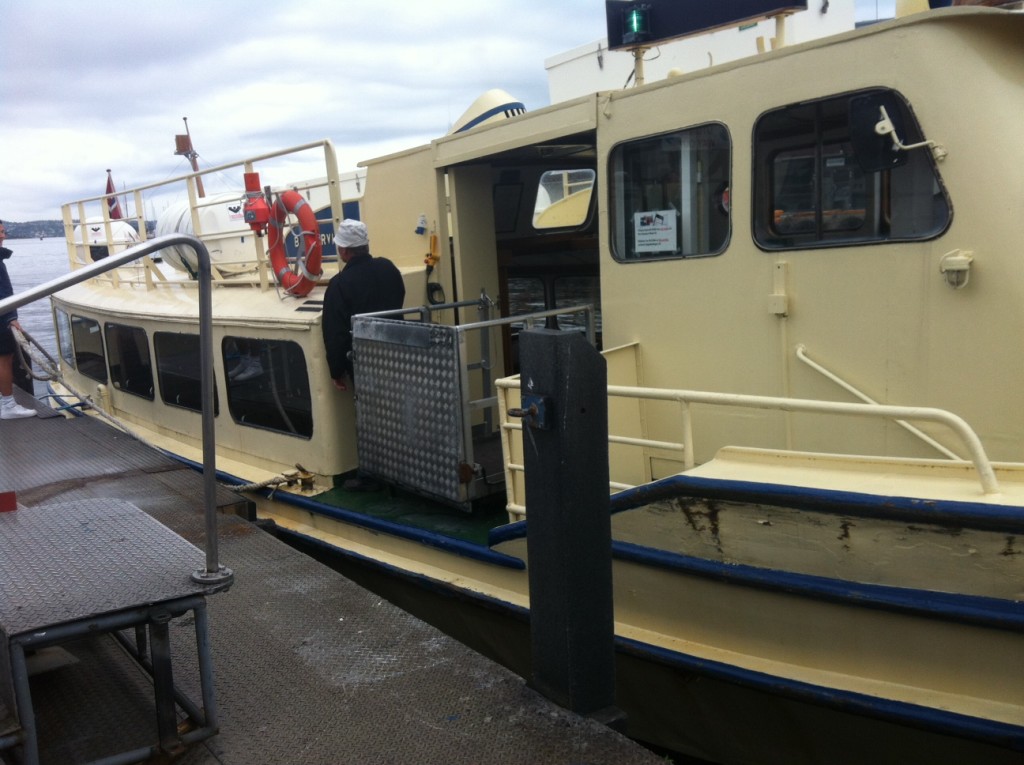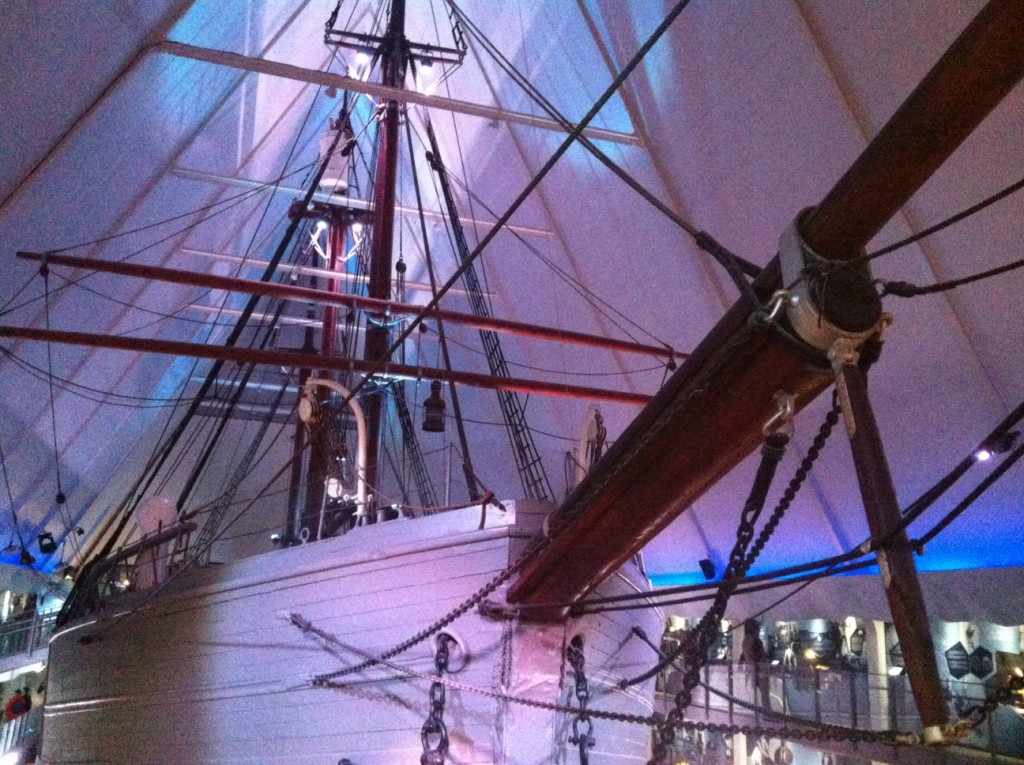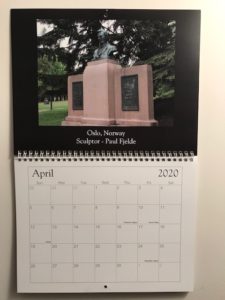 Abraham Lincoln seems to be everywhere in the world. In April of my monthly series, the David Wiegers calendar takes me back to Oslo, Norway, where Lincoln makes an appearance in Frogner Park.
Abraham Lincoln seems to be everywhere in the world. In April of my monthly series, the David Wiegers calendar takes me back to Oslo, Norway, where Lincoln makes an appearance in Frogner Park.
Frogner Park includes an area many unofficially (and incorrectly) refer to as Vigeland Sculpture Park because of the more than 200 large sculptures by Gustav Vigeland in bronze, granite, and cast iron. For anyone who hasn’t experienced Vigeland’s work, you’ll be surprised, and perhaps even shocked, by the bizarreness of some of his statues. Favoring grotesquely caricatured nudes, Vigeland’s statues offer a variety of shapes, sizes, and attitudes of the human spirit. Many are of children, including The Angry Boy, a bronze statue that captures well the strife of the terrible twos (or maybe sevens). The vast majority of the sculptures are made of Iddefjord granite, including its most striking sculpture called The Monolith. A museum has more artwork and explanations of Vigeland’s creative process. Here’s some trivia – Vigeland also designed the medal given as the Nobel Peace Prize.
As with January’s Lincoln statue in Edinburgh, I feel foolish for not seeing the Lincoln statue in Oslo because I was there, and indeed spent quite a few hours roaming Frogner Park and the Vigeland statuary. Yet somehow I missed it. Apparently it stands just outside the park. Designed by Norwegian-American sculptor Paul Fjelde and donated in 1914 by the U.S. State of North Dakota, the large bronze bust of Lincoln sits on a granite pedestal flanked on either side by bronze tablets reading: “Government of the people, by the people, for the people shall not perish from the earth” and “Presented to Norway by the people of North Dakota, U.S.A.”
While I missed Lincoln, my visit to Norway was heartwarming and inspirational. Several venues in Oslo brought out my science traveling side. The Viking Ship and Fram Museums highlight the long history of seaborne adventure in Norway. The Kon-Tiki Museum allowed me to relive my marine biology days and fascination with the Thor Heyerdahl’s thrilling adventues on both the Kon-Tiki and the Ra Expeditions. Downtown I got to tour the Nobel Peace Center where the aforementioned Nobel Peace Prize is awarded (I had also visited the Nobel Center in Stockholm, Sweden, where all the other Nobel Prizes are awarded).
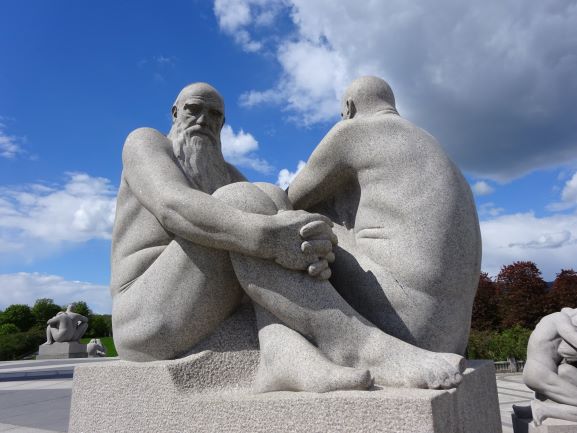
A train to the western coast of Norway got me outside of Oslo, along with a side trip via a cog railway into the mountains and a boat trip through the fjords where hundreds of waterfalls from the precipices into the deep waters. The hills around Bergen offered a grand view of the coastline. There was even an aquarium in Bergen to add to my ever-expanding list.
In these days of COVID-19 quarantine, where travel is on perhaps long-term hold, these Wiegers calendar pages provide a chance to see Lincoln sculptures around the world while letting me reminisce about my previous travels. They also give me some ideas of places I want to see once the coronavirus that plagues the world has passed.
David J. Kent is an avid science traveler and the author of Lincoln: The Man Who Saved America, in Barnes and Noble stores now. His previous books include Tesla: The Wizard of Electricity and Edison: The Inventor of the Modern World and two specialty e-books: Nikola Tesla: Renewable Energy Ahead of Its Time and Abraham Lincoln and Nikola Tesla: Connected by Fate.
Check out my Goodreads author page. While you’re at it, “Like” my Facebook author page for more updates!



